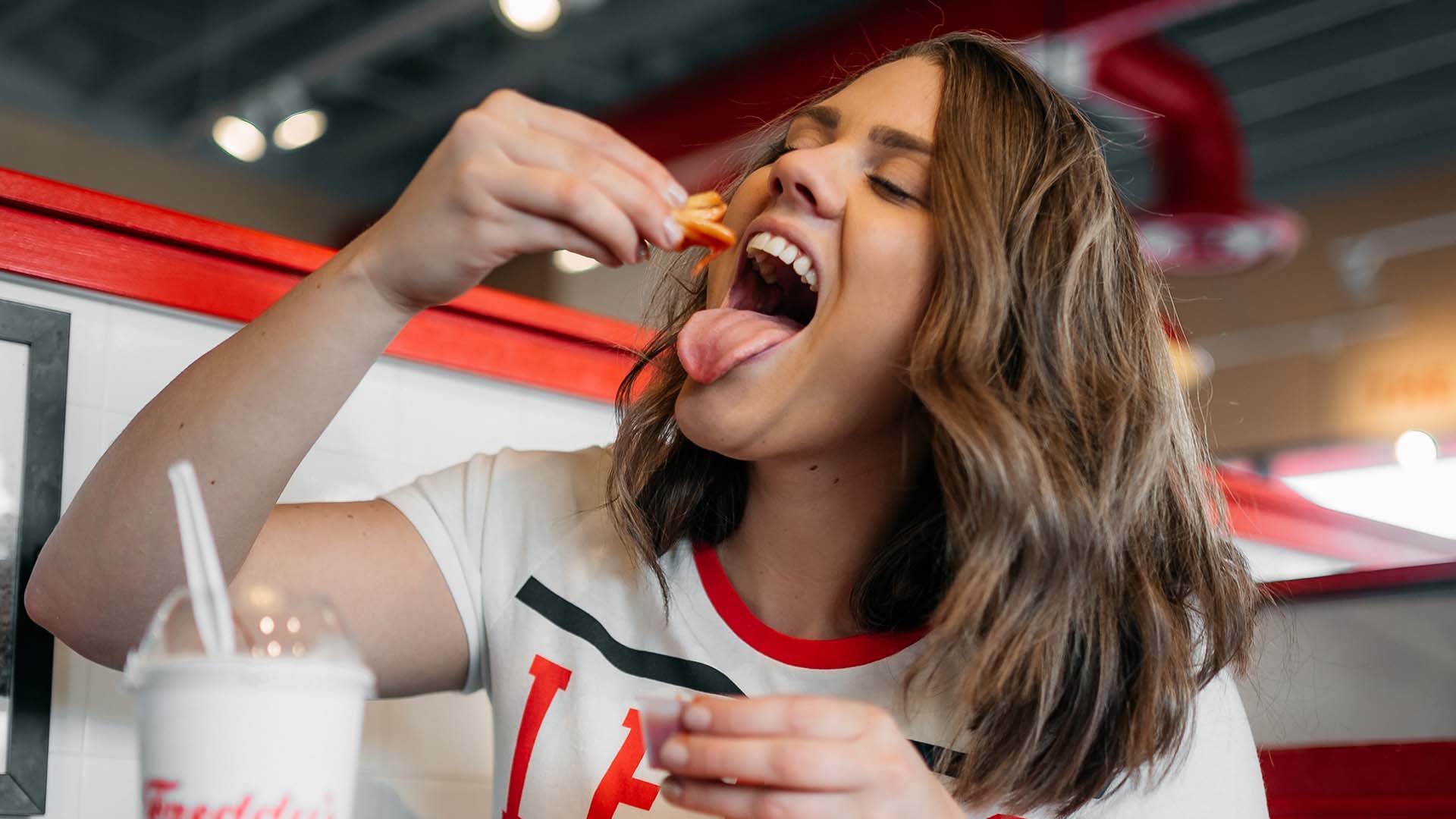Published by
As the holiday season hits its stride, more and more restaurants are planning to stay open to recoup the losses they suffered because of the COVID-19 pandemic. The restaurant sector has been one of the hardest hit over the last 18 months, with more than 110,000 establishments closed last year.
With 43 percent of consumers planning to spend more on experiences this holiday season, QSRs have an opportunity to win new customers and grow. QSRs, both large and small, are in a race to find innovative ways to engage and forge better customer relationships. The pandemic drove all customers digital. Consumers locked in their homes used experiences like Netflix, Disney, and Amazon daily, and GrubHub, Postmates, and Instacart regularly. These experiences set the bar and customers now expect QSR brand experiences to be as good or better.
A recent survey from Incisiv on digital maturity, which covered customer feedback on 52 limited service restaurant chains including Starbucks, Panera, Dominos and more, revealed new customer expectations when it comes to experience. Only 40 percent of customer respondents were satisfied with their pickup experience and 25 percent with delivery. By delivering a personalized consumer experience, one that leverages digital but thinks about the total experience, physical and digital, QSRs can attract and win new customers for the long-term while also keeping loyal customers happy.
By 2025, more than half of sales in the restaurant sector will come from digital avenues. The age for beginning a digital transformation is over. Brands who did not effectively innovate pre-pandemic or during the pandemic will be left behind as business growth requires a strong digital component. That said, even forward-thinking businesses who evolved cannot slow down. Customer expectations are rising, and competitors are evolving. As digital continues to be a key part of the total experience forward thinking companies will need to ensure that digital and physical experience are fully aligned to drive growth.
Laying the foundation for good customer relationships
With an ever-growing cohort of digital consumers comes a larger abundance of data. When a customer uses their smartphone to pay or collect loyalty points, or uses mobile order ahead, or even pings a beacon to utilize an app clip, data is available. It is imperative that QSRs properly care for this data and ensure customer privacy. In addition, QSRs need to utilize the data to create a more personalized experience for their customers, one that adds value and services unmet and unknown needs. Insights can be gleaned that will increase share of wallet and average order size, including determining the popularity of items and making menu changes or at least how the menu is visually displayed. Collecting and understanding ordering, payment and time preferences will also be crucial in knowing where to invest more or change physical layout or what payment technologies to utilize. Frequency of visits and order items will also help identify a QSRs most loyal customers, which helps marketing teams plan growth campaigns and also allows a brand to request customer feedback, improving a brand’s image and stature. All these aspects lead to new customers and revenue growth. Moreover, data serves as the foundation for building a long-term relationship between the business and the customer.
Brand and emotional connection are paramount
Every digital experience is starting to look the same. To win customers on an emotional level, which results in customers being not only loyal but advocates of a brand and in turn bringing new customers, brands need to stand out in the “sea of sameness.” Be creative, lean into what your brand stands for, dare to be different. QSR experiences can be frictionless and easy-to-use for customers, and emotionally engaging. KFCs Australia’s secret menu is an example. KFC wanted to get more people downloading and using its app, without bribing them with costly freebies. KFC staff love hacking the menu to create crazy products, so it hid them in a ‘secret menu’ on the app and told no one about it. Customers started discovering it and sharing it. QSRs also have an opportunity to drive positive and long-lasting perception by recognizing that digital and physical interactions are important to create emotional connection. It is no longer good enough to have a great in-store experience but a poor digital one or vice a versa. Consumers expect the total experience to be seamless and leverage the best that each channel, digital and physical, offer in the moment and with the right context.
Driving innovation to super-charge growth
To thrive in this new post digital transformation age, QSRs need to find a way to innovate customer experience. New technologies come into the mix every day, the ones that make an impact are those that delight customers and provide customer value. By surveying customers and mining for insights, by watching friction points along a customer’s journey, by understanding operational constraints, it is possible to find optimization points that if addressed will add both customer and business value. Forward thinking QSRs are also using a design thinking, a creative problem solving process, to integrate the needs of customers, the possibilities of digital, and the requirements for business success.
Exciting times are ahead for QSRs and for customers. Innovation and technology are going to make all QSRs tech companies in the next decade. Now is the time to lean in and learn how to bring together digital and physical experience to create total customer experience that brings joy to customers and drives brand growth.




